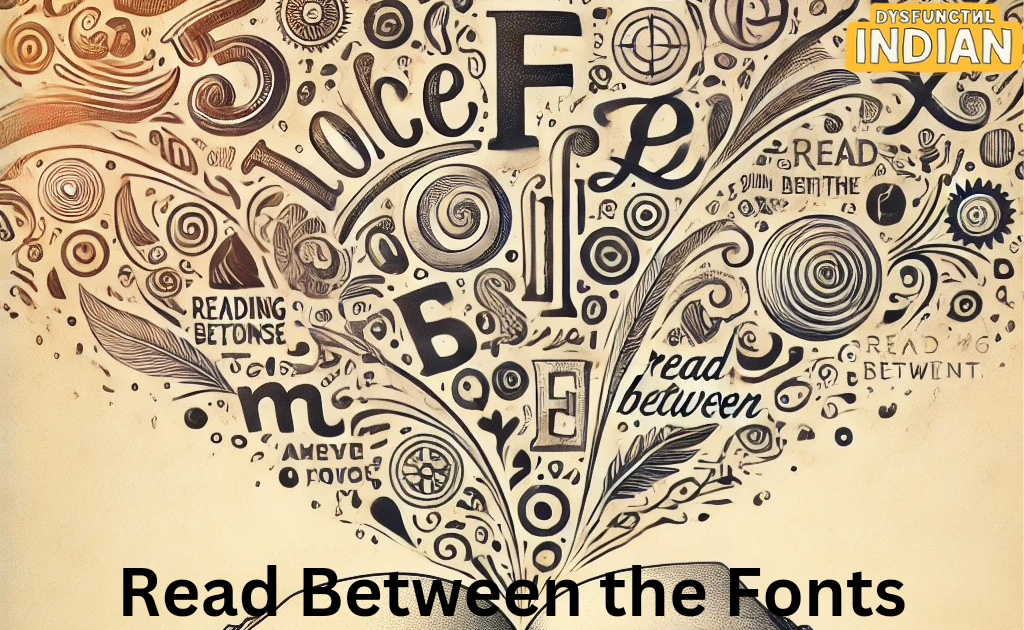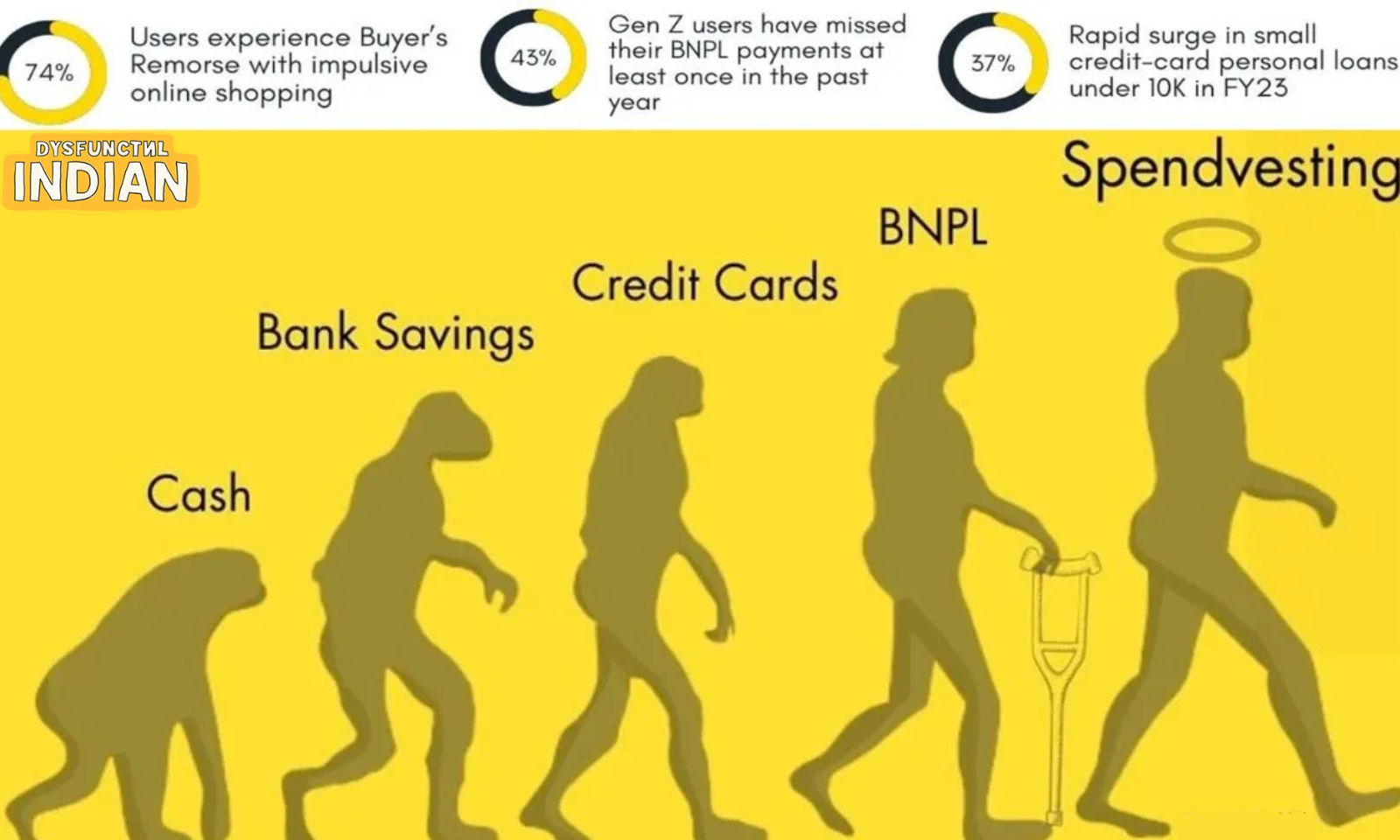Read Between the Fonts
Posted by admin on 2024-11-08 |

Imagine reading a news headline in Comic Sans versus Times New Roman. Chances are, each version of the same headline would convey a slightly different tone. Fonts are more than just design choices; they subtly guide our perceptions, lending authority, trustworthiness, playfulness, or even urgency to the information we absorb. In today’s visual world, where advertisements, articles, and social media posts compete for our attention, typography quietly plays a major role in shaping how we interpret the content we consume.
Fonts in Marketing: Crafting Brand Identity
In the world of advertising, typography is a powerful branding tool. Consider Coca-Cola’s signature font or Apple’s clean, minimalist typeface. Both are recognizable instantly and evoke the qualities these brands want to convey. Coca-Cola’s font exudes nostalgia and joy, while Apple’s font represents simplicity and modernity. When brands carefully select fonts, they’re not just picking a style; they’re creating a feeling, a personality, and a promise.
Even in India, where regional languages and scripts add layers of complexity to typography, brands have leaned into font choices that resonate culturally. For instance, Amul’s iconic Amul Girl ads, which use a playful, handwritten font, are instantly identifiable and endearing. In contrast, Tanishq’s advertisements, which use a more refined, elegant font, communicate luxury and trust. For these companies, typography isn’t merely a design choice; it’s a way to speak to audiences without words.
The Subtle Influence on News Perception
Typography doesn’t just impact brands; it also influences our perception of credibility and seriousness in news media. Research from the Stanford Persuasive Technology Lab has shown that readers tend to trust online content that uses more traditional, legible fonts. Readers often associate fonts like Times New Roman and Georgia with reliability and accuracy, while sans-serif fonts such as Arial or Verdana are viewed as modern but less authoritative.
In India, where a wide array of news platforms competes for public trust, typography choices play a significant role in how people perceive the credibility of various sources. Traditional newspapers like The Times of India and The Hindu use serif fonts, which are generally associated with seriousness and dependability, while some newer, digital-first news outlets adopt more modern, sans-serif fonts to appear accessible and reader-friendly. These subtle font decisions may unconsciously shape the reader's sense of trustworthiness in these outlets.
The Rise of “Personality Fonts” on Social Media
With the explosion of content on social media, fonts have taken on even greater importance. Instagram stories, YouTube thumbnails, and Twitter graphics are all crafted with specific fonts that appeal to particular audiences. Sans-serif fonts, like those used by brands on Twitter, convey a sense of modernity, while cursive or brush fonts on Instagram appeal to a younger, trendier audience.
In 2020, the platform TikTok updated its branding with a custom font designed to look bold yet approachable. This strategic choice aimed to align with the platform’s youthful energy and creative freedom, reinforcing its appeal among Gen Z users. For Indian influencers and content creators, using fonts that stand out yet connect culturally is a balancing act that can make a big difference in engagement rates. As audiences grow more font-savvy, choosing the right font can attract the right demographic and keep them scrolling.
The Psychology Behind Font Perception
So, why do we react so differently to fonts? The psychology behind font perception suggests that each typeface triggers mental associations based on prior exposure. For example, cursive fonts may remind us of handwritten letters or personal notes, invoking a sense of warmth and intimacy. In contrast, bold, all-caps fonts can give a sense of urgency or importance, often used in sale announcements or breaking news.
A 2018 study by the University of Minnesota found that people often associate font characteristics with human personality traits. Fonts with rounded edges were perceived as more friendly and approachable, while sharper, angular fonts seemed more competent but less inviting. These associations can heavily impact how we interact with and interpret information, whether we’re aware of it or not.
Ethical Implications: Can Fonts Manipulate Us?
While font psychology might sound harmless, it raises ethical questions, especially when it comes to news and advertising. If a brand can make us trust its message more by using a specific font, is it crossing a line into manipulation? While it may not be outright deception, strategic font choices can blur the line between influence and manipulation.
For instance, companies might use fonts designed to appear “eco-friendly” or “sustainable,” such as soft, rounded sans-serif fonts, even if their products aren’t environmentally friendly. Similarly, a news website might use traditional fonts to suggest authority, even if its content lacks editorial integrity. The way fonts shape perception reminds us of the need to be aware of how design choices can unconsciously influence us.
Fonts have an undeniable power to shape how we perceive messages, from products to news to social media content. In a media-saturated world, paying attention to typography can give us clues about a brand’s intentions, help us question the trustworthiness of a news source, or simply enhance our appreciation of design. The next time you read a headline, notice the font it’s written in—it may tell you more than the words themselves.









